The intelligent upgrade of film slitting machines is a typical epitome of the manufacturing industry's progress towards "Industry 4.0". Internet of Things (IoT) technology, as a core enabling technology, is revolutionizing the production model of film slitting.
Below, I will elaborate on how IoT technology can empower multiple dimensions to comprehensively improve film slitting efficiency.
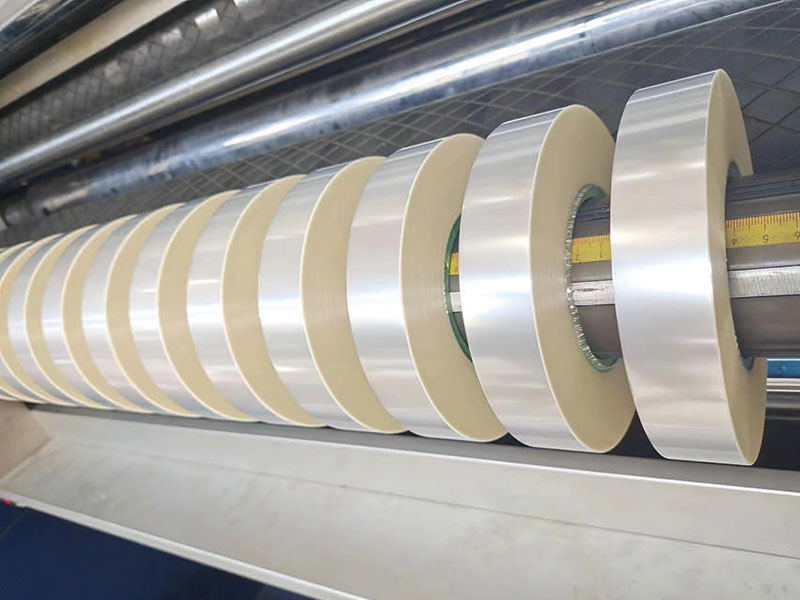
1. Pain points of traditional slitting machines (background of upgrades)
Before discussing how IoT empowers, let's first understand the efficiency bottlenecks of traditional slitting machines:
1. Production efficiency depends on masters: Core parameters such as tool position setting and tension control rely heavily on operator experience, making it difficult to standardize and replicate.
2. Long downtime: The process of changing orders, changing materials, debugging parameters, and troubleshooting equipment is very time-consuming, and the effective production time is compressed.
3. Quality inspection lag: common offline testing (post-production sampling and inspection) cannot detect problems in real time, resulting in a large number of waste products being discovered after they are generated.
4. Lack of data recording and analysis: Production data relies on manual recording, which is fragmented and error-prone, making it difficult to conduct systematic analysis to optimize the process.
5. Disconnection between planning and execution: After the production plan is issued, the on-site execution (such as progress and loss) cannot be fed back in real time, resulting in management blind spots.
6. Difficulty in preventive maintenance: Equipment maintenance is usually based on fixed time or post-event maintenance, which cannot be warned before failures occur, and unexpected downtime is frequent.
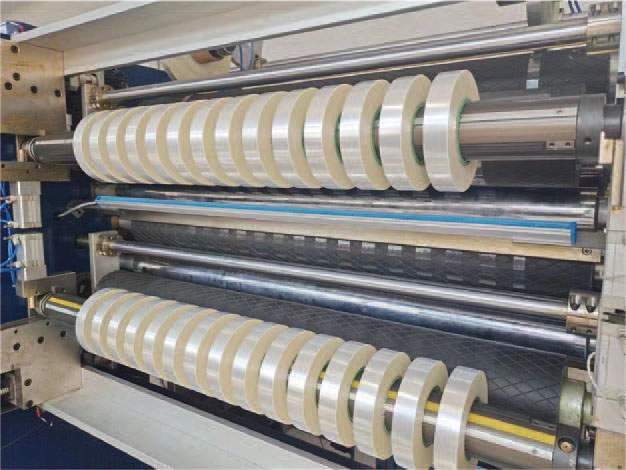
2. How does Internet of Things (IoT) technology enable slitting efficiency?
At the heart of IoT is "connected, data, smart." By installing sensors, intelligent gateways and edge computing devices on the slitting machine, it is connected to the network to achieve comprehensive perception, real-time transmission and intelligent analysis of equipment status, production process and process parameters.
1. Optimization and transparency of the production process
• Real-time monitoring and remote operation and maintenance: The IoT platform can display the operating status of the slitting machine in real time (operation, downtime, failure), current speed, planned output, completed output, etc. Managers can remotely monitor multiple devices on mobile phones or computers without having to be physically present, greatly improving management efficiency and response speed to abnormalities.
• One-click distribution and optimization of process parameters: For films of different materials (BOPP, PET, CPP, aluminum foil, etc.) and specifications, the optimal process parameters (tension, pressure, speed, etc.) can be stored in the cloud in the form of "recipes". When changing orders, the corresponding recipe is simply called, and the parameters can be automatically sent to the slitting machine, which greatly reduces the debugging time and dependence on the operator, and ensures the consistency of the process.
• OEE (Overall Equipment Efficiency) Accurate Analysis: IoT systems automatically collect and calculate the three major elements of OEE: availability rate (downtime statistics), performance rate (actual speed vs theoretical speed), and yield rate. Through the intuitive dashboard display, the root cause of efficiency loss can be accurately located (is it too long to change orders?). Too slow? Or is there too much scrap? ), so as to make targeted improvements.
2. Predictive maintenance of equipment health
• Condition monitoring: Vibration, temperature, and pressure sensors are installed in key parts (such as spindles, bearings, motors, and air circuits) to monitor their health status in real time.
• Abnormal Warning and Predictive Maintenance: By analyzing historical trends in sensor data and machine learning models, the system can provide early warning of minor deterioration in equipment performance (e.g., "Abnormally elevated vibration value of No. X bearing, estimated remaining life of XX hours"). This allows maintenance teams to move from "post-repair" to "predictive maintenance," using planned downtime to perform maintenance before failures occur, avoiding catastrophic damage and unplanned downtime, and ensuring production continuity and efficiency.

3. Upgrade of quality management
• Online quality inspection integration: Connect existing online vision inspection systems (CCD cameras) or line scan cameras to IoT networks. Defect information found by the inspection system (e.g., scratches, crystal points, streaks) is no longer isolated data, but can be correlated with current equipment parameters (e.g., tension value, velocity).
• Root cause analysis (RCA): When the system detects a sudden increase in defect rate in a certain period of time, it can immediately trace back to the equipment parameters at that time. It may be found to be due to fluctuating tension or too high a speed, allowing you to quickly pinpoint the source of the problem and guide the operator to make adjustments to reduce scrap generation.
• Traceability of the whole process: The master roll and the slitted roll can have a unique ID after each roll is slit. All parameters, quality data, operators, and other information in the production process are recorded and correlated. Once customers report quality issues, they can be quickly traced back to production batches or even specific equipment periods, achieving accurate quality traceability and improvement.
4. Energy and resource management
• Energy Consumption Monitoring: Install smart meters to monitor the energy consumption of the slitting machine in real time. The system can analyze the differences in energy consumption at different production speeds and product specifications, and provide data support for energy conservation and consumption reduction, such as selecting the production speed with the highest energy efficiency ratio under the premise of ensuring quality.
• Material and tool management: Monitoring the consumption of raw materials and the service life of tools through IoT systems. When raw materials are about to run out or tools reach their service life, the system can automatically remind the warehouse or administrator to prepare materials or change tools to avoid production interruptions.
3. The efficiency improvement after empowerment
In summary, the empowerment of IoT technology is ultimately reflected in the following key efficiency indicators:
1. Improve OEE: By reducing downtime (order changes, failures), improving production speed stability, and improving product yield, OEE can be directly improved, usually by 10%-20% or even more.
2. Reduce comprehensive loss: reduce debugging waste, reduce a large amount of waste caused by abnormalities that are not detected in time, and directly improve the utilization rate of raw materials.
3. Reduced Lead Times: Smoother production processes, fewer breakdowns, and more precise planning, reducing the overall time from order to delivery.
4. Reduced dependence on personnel experience: Knowledge is deposited in "recipes" and systems, reducing the risk of turnover and the learning cost of new employees.
5. Realize data-driven scientific decision-making: Managers no longer make decisions based on feelings, but analyze and optimize based on real, comprehensive, and real-time data provided by the system.
conclusion
The empowerment of film slitting machines by Internet of Things technology is far more than just "networking". It is a profound change from "experience-driven" to "data-driven". By fully interconnecting equipment, processes, personnel and management systems, a transparent, predictable, and optimized intelligent production system is built, and ultimately the overall improvement of slitting efficiency, quality, and economic benefits is achieved. For film processing companies, this has become a key investment in maintaining core competitiveness in the fierce market competition.




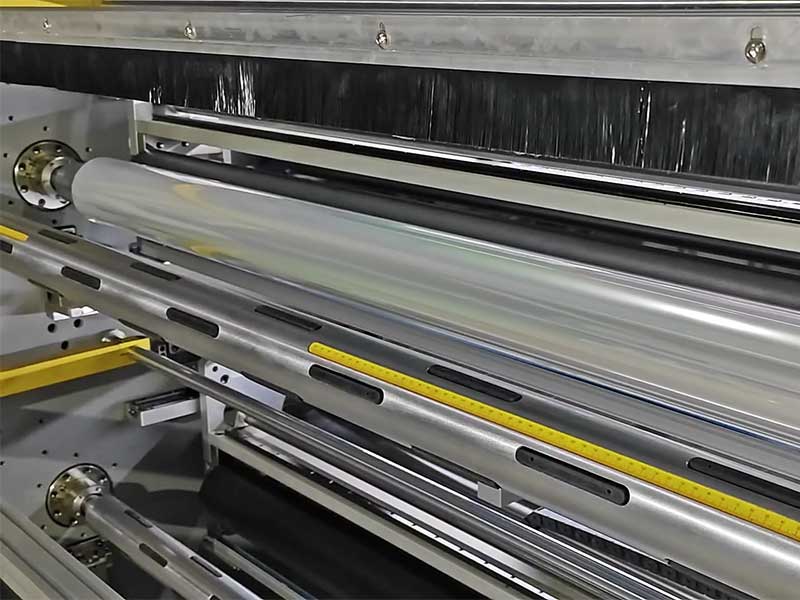
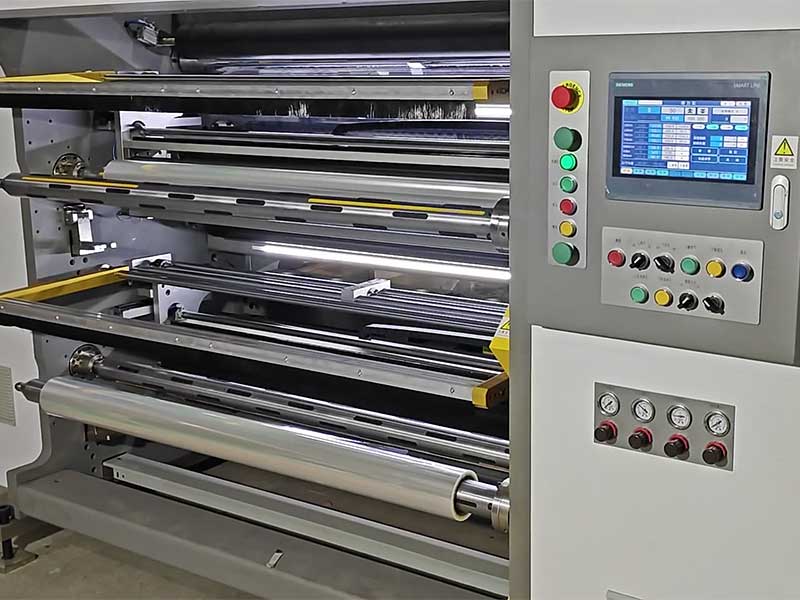
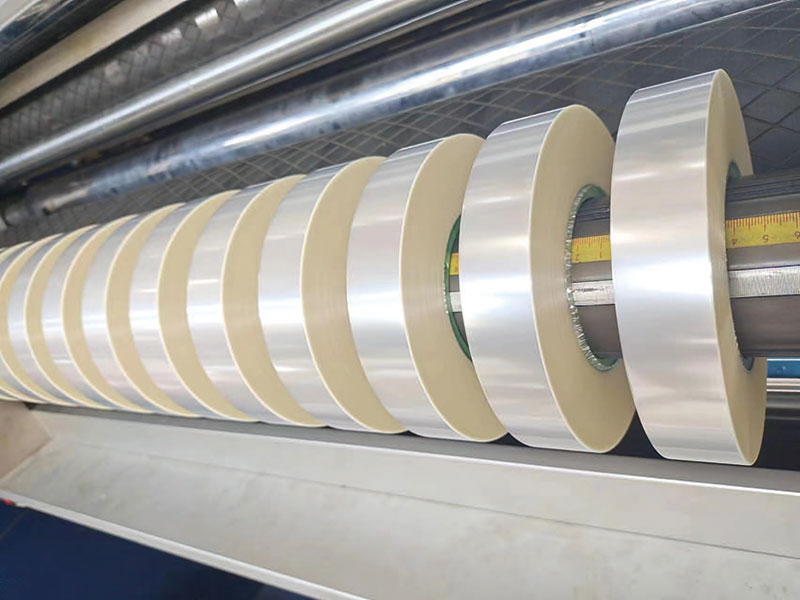
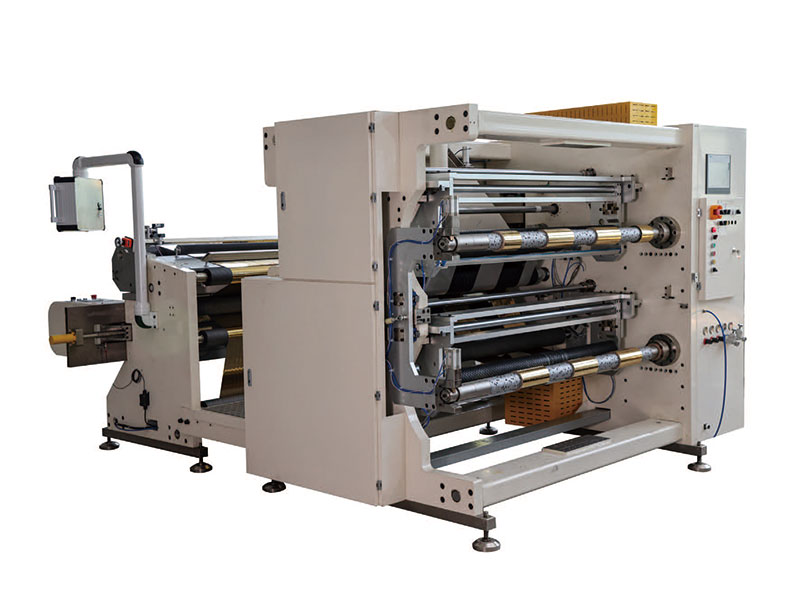 1400mm Hot Stamping Foil Slitting Machine
1400mm Hot Stamping Foil Slitting Machine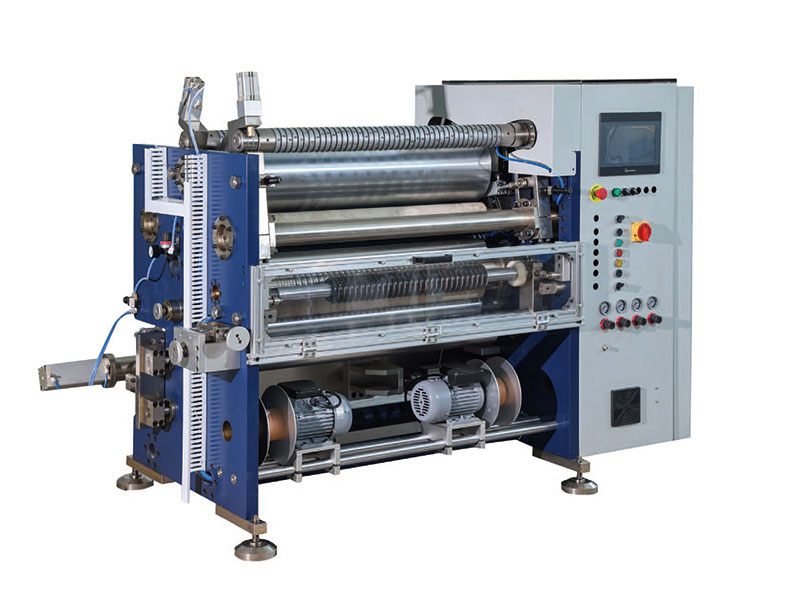 800mm Hot Stamping Foil Slitting Machine
800mm Hot Stamping Foil Slitting Machine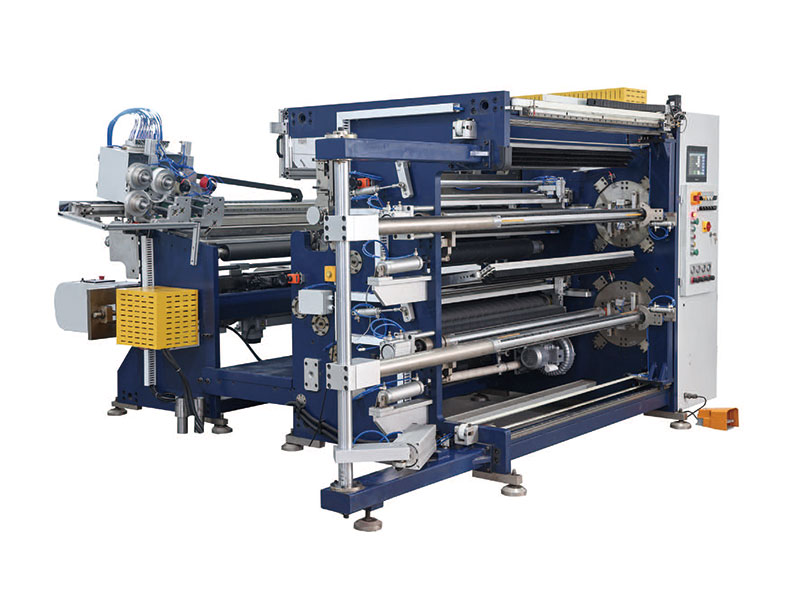 1350mm Hot Stamping Foil Slitting Machine
1350mm Hot Stamping Foil Slitting Machine New Energy Ultra-thin Film Slitting Machine For Capacitive Film
New Energy Ultra-thin Film Slitting Machine For Capacitive Film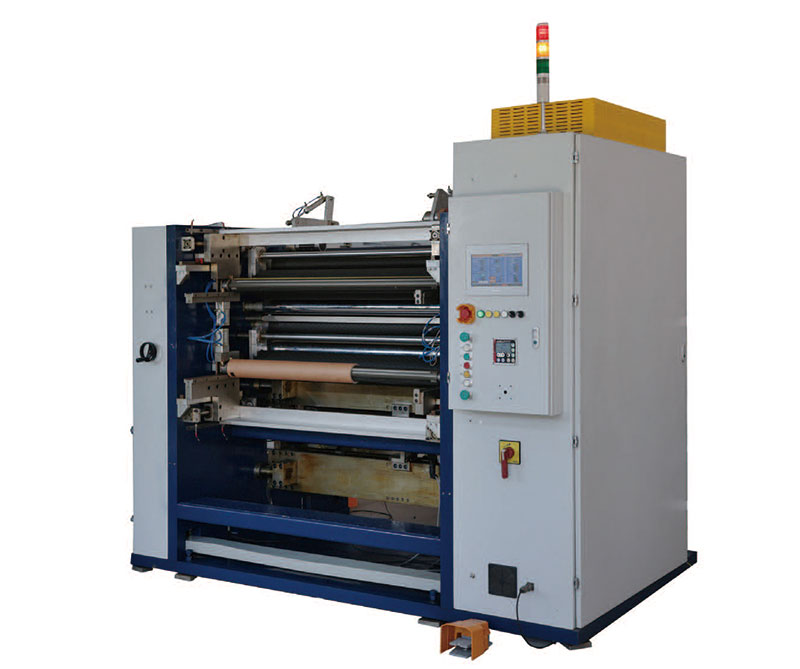 New Energy Ultra-thin Film Slitting Machine For MOPP
New Energy Ultra-thin Film Slitting Machine For MOPP New Energy Ultra-thin Film Slitting Machine For MPET
New Energy Ultra-thin Film Slitting Machine For MPET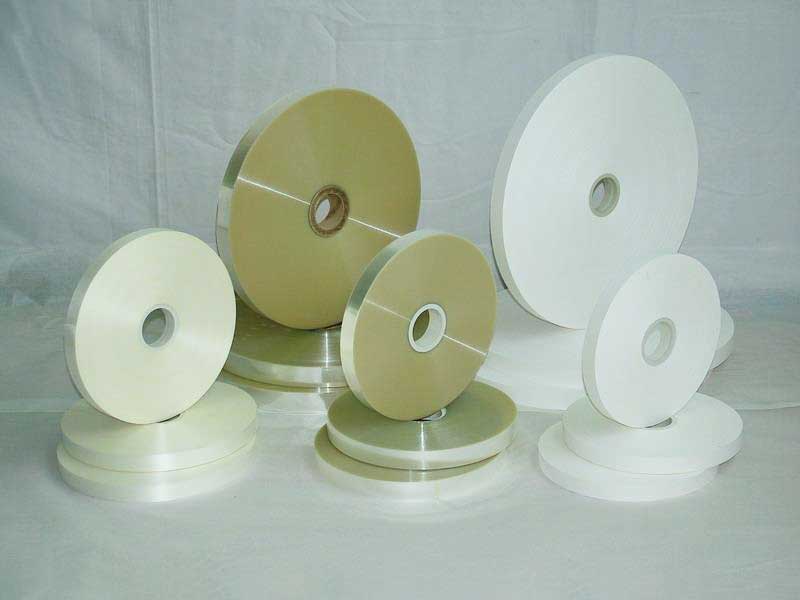 Film Slitting Machine
Film Slitting Machine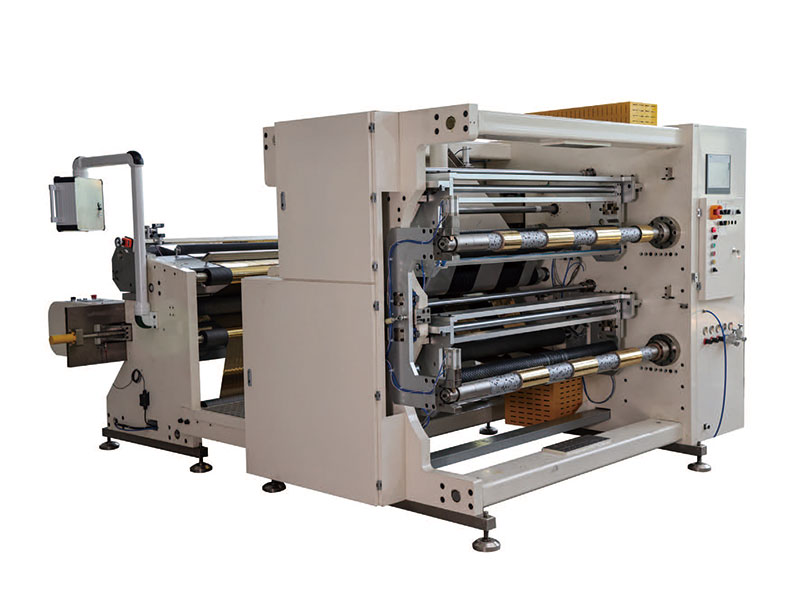 1400mm Copper Foil Slitting Machine
1400mm Copper Foil Slitting Machine

